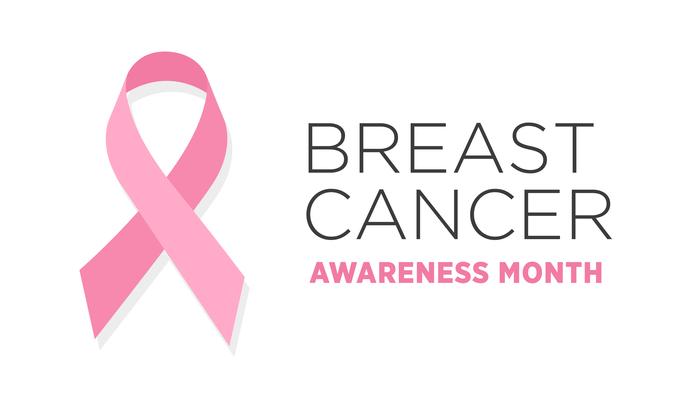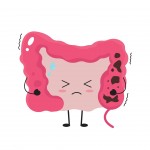Knowing it exists is NOT enough, get the information, and pass it on. Early detection is definitely early protection. Let’s talk pink for all the warriors, pink for all the survivors and all the fighters, pink for all the taken, pink October it is, let’s talk breast cancer!
What is breast cancer?
Breast cancer starts in the cells of the breast as a group of cancer cells that can then invade surrounding tissues or spread (metastasize) to other areas of the body.
How common is breast cancer?
1 in 8 chances she will develop breast cancer
What causes & risk factors of breast cancer?
The most well-known cause are breast cancer gene 1 (BRCA1) and breast cancer gene 2 (BRCA2), both of which significantly increase the risk of both breast and ovarian cancer
Risk factors include;
- Female gender
- Age > 55 years
- Family history [ first – degree female relative ; mother , sister or daughter ]
- Genetics
- Menstrual history early menstruating <12 or late menopause >55 years
- Hormone replacement history
- Alcohol / smoking / being overweight / lack of exercise
- Exposure to radiation
- Dense breasts
What are the symptoms of breast cancer?
- swelling of all or part of the breast
- skin irritation or dimpling
- breast pain
- nipple pain or the nipple turning inward
- redness, scaliness, or thickening of the nipple or breast skin
- a nipple discharge other than breast milk
- a lump in the underarm area
Note That Symptoms vary widely — from lumps to swelling to skin changes — and many breast cancers have no obvious symptoms at all.
Breast self-exam should be part of your monthly health care routine, and you should visit your doctor if you experience breast changes.
What are the types and stages of breast cancer?
There are 5 stages of breast cancer: stage 0 (zero), which is non-invasive ductal carcinoma in situ (DCIS), and stages I through IV (1 through 4), which are used for invasive breast cancer.
Early detection and screening
The goal of screening tests for breast cancer is to find it before it causes symptoms (like a lump that can be felt).
Mammogram
A mammogram is an X-ray picture of the breast. Doctors use a mammogram to look for early signs of breast cancer.
Women between 40 and 44 have the option to start screening with a mammogram every year.
Women 45 to 54 should get mammograms every year.
Women 55 and older can switch to a mammogram every other year, or they can choose to continue yearly mammograms. Screening should continue as long as a woman is in good health and is expected to live at least 10 more years.
All women should understand what to expect when getting a mammogram for breast cancer screening – what the test can and cannot do.
Treatment
Treatment generally consists of surgery and radiation therapy for control of the disease in the breast, lymph nodes and surrounding areas and systemic therapy (anti-cancer medicines given by mouth or intravenously) to treat and/or reduce the risk of the cancer spreading (metastasis). Anti-cancer medicines include endocrine (hormone) therapy, chemotherapy and in some cases targeted biologic therapy (antibodies).
Breast cancer treatment can be highly effective, achieving survival probabilities of 90% or higher, particularly when the disease is identified early
Courage doesn’t always roar , sometimes it’s the voice of a cancer patient whispering I will win the fight , I will try again tomorrow , courage doesn’t always roar , it sleeps in the heart of every survicor , fighter and taken , and sometimes , courage wears pink.



